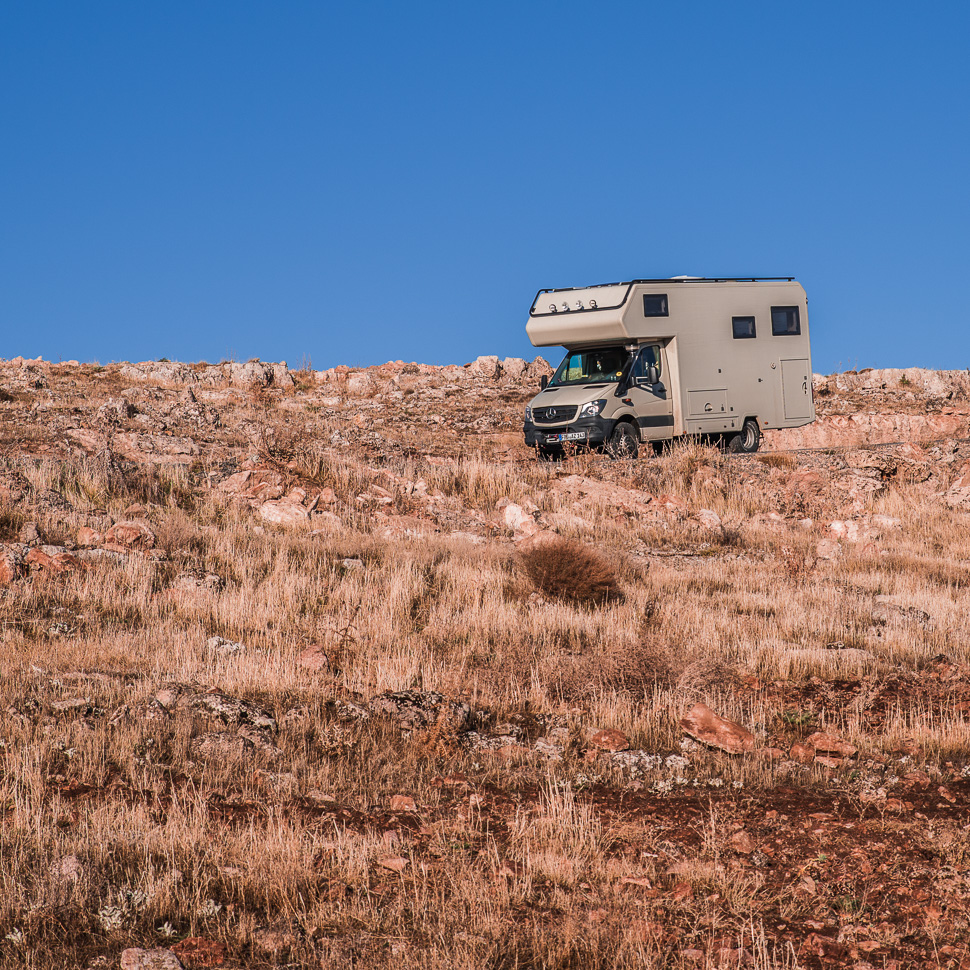
We went to explore the small villages of Tur Abdin – the “Mountain of the Servants of God”, with its many monasteries but we also came past Roman Anastasiopolis. The region is very dry, as any water quickly disappears into the lime stone and the vegetation is sparse. From Mydiat we had quickly reached the village of Gülgöze, where we accidentally parked at the wrong side of the village. But the walk through the village was an experience on its own.
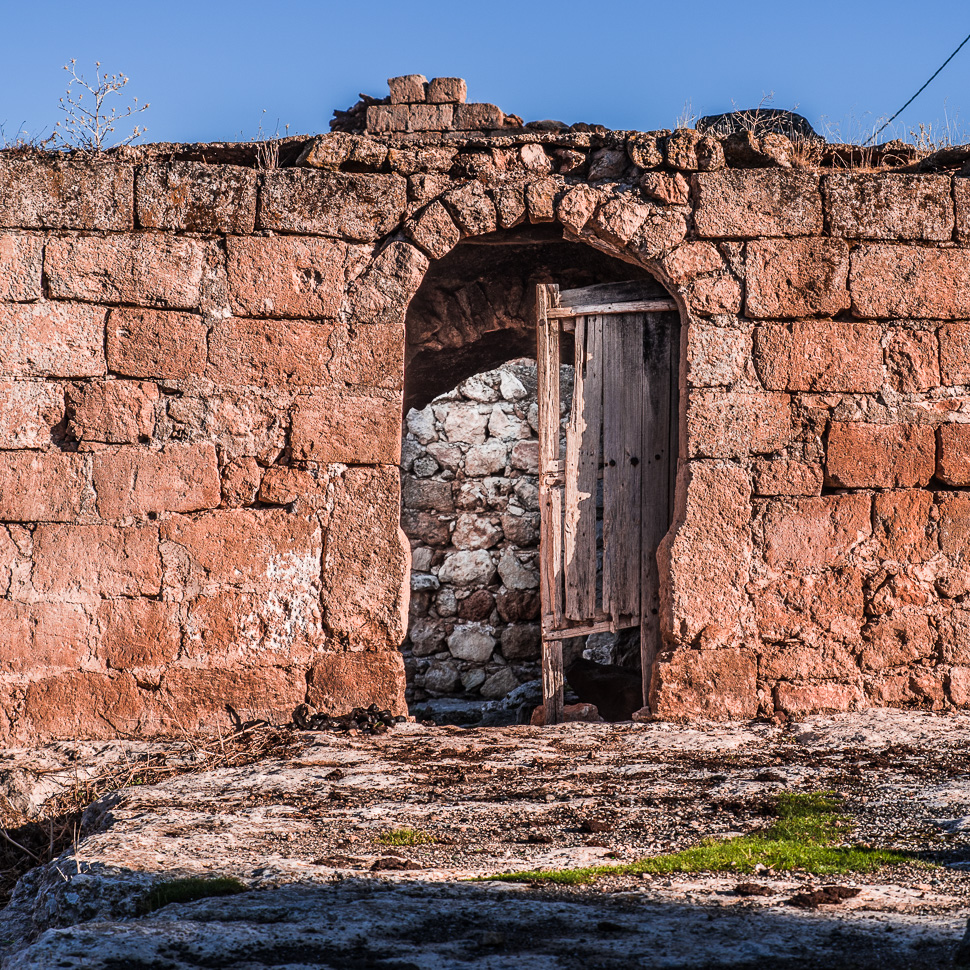
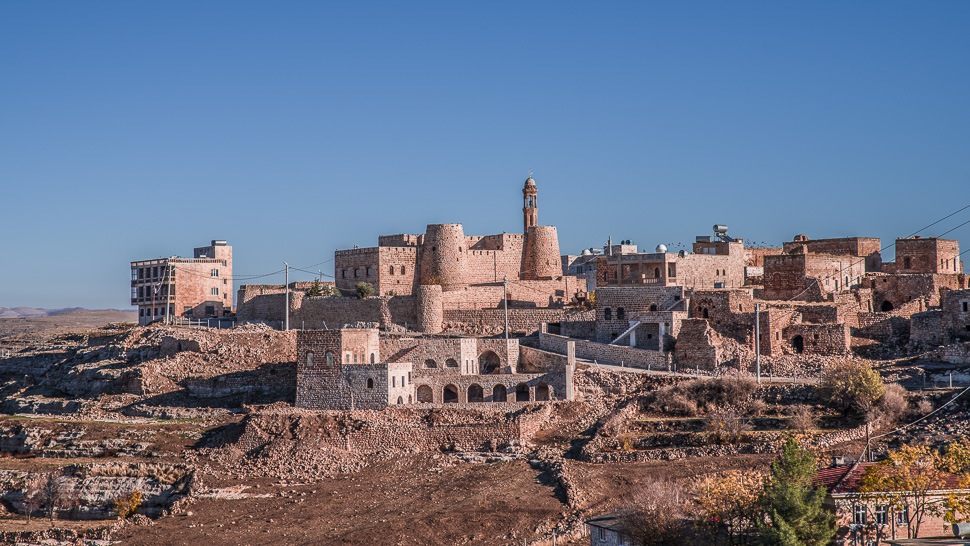
When we finally reached the monastery, it was closed. Maybe we came too early.
In the struggle against the persecution of the Christian communities, Gülgöze played an important role. Prior to the start of the First World War, the village had about 200 families, all of whom belonged to the Syriac Orthodox Church. During the Assyrian genocide, tens of thousands of refugees from throughout Tur Abdin arrived here for safety. They defended them successfully over 60 days against the Turks, but with at least 1,000 deaths from both sides. Nowadays the Tur Abdin region is the only Christian populated area left in Turkey outside of Istanbul.
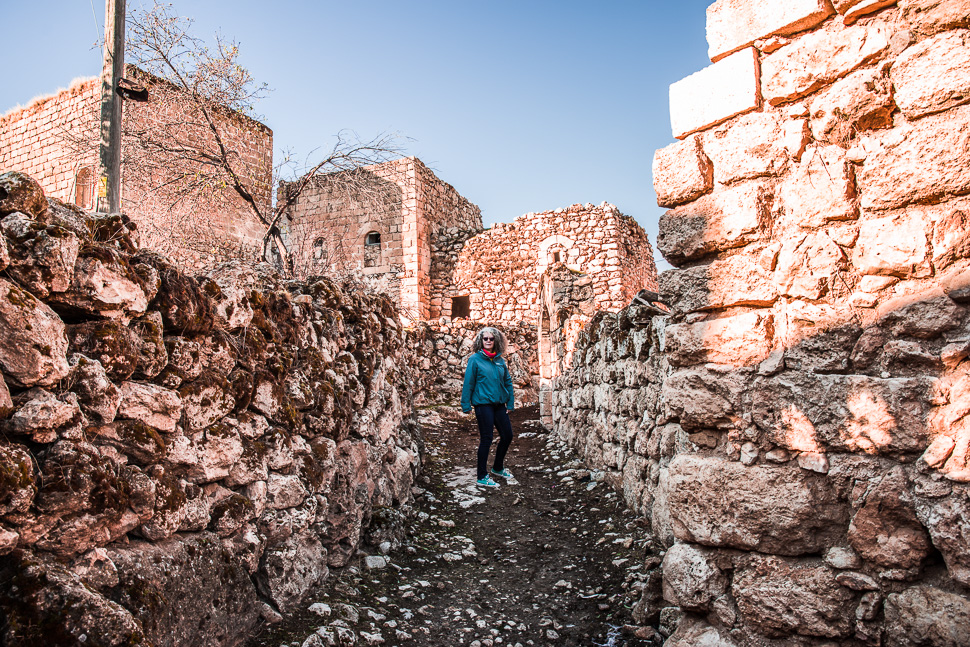
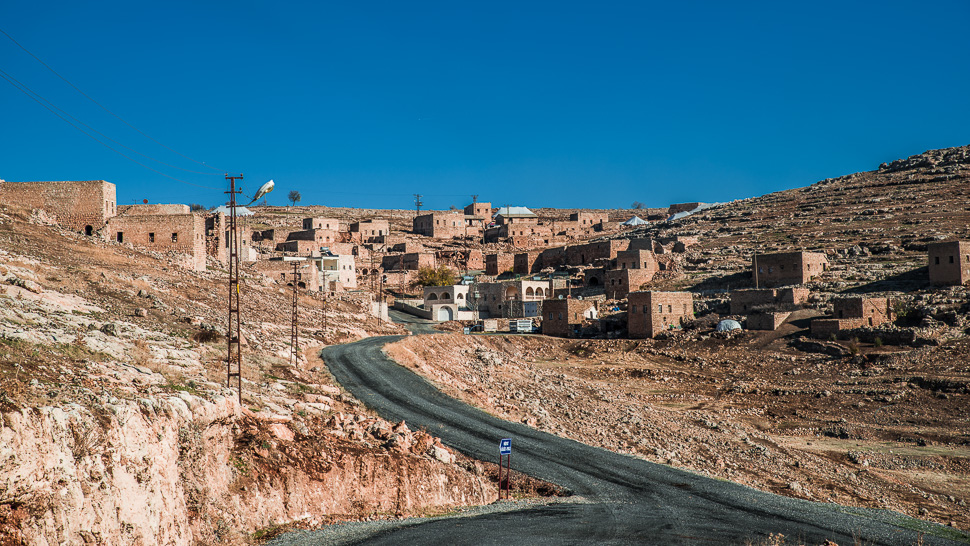
Our next destination was the Mor Gabriel Monastery, which lies in the middle of the rolling hills of Tur Abdin. Our first impression was that of a well run estate, with perfect fields around the monastery. We got a guide (named Gabriel) to show us around the impressive monastery. The bright limestone, often with intricate ornaments, gave the buildings a very bright appearance.
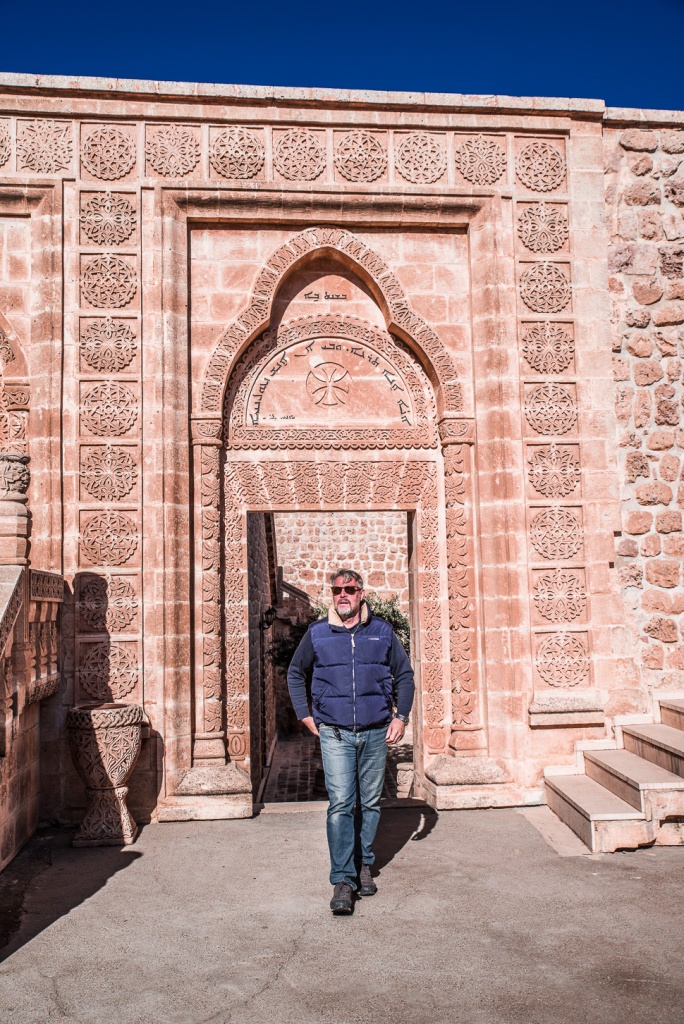
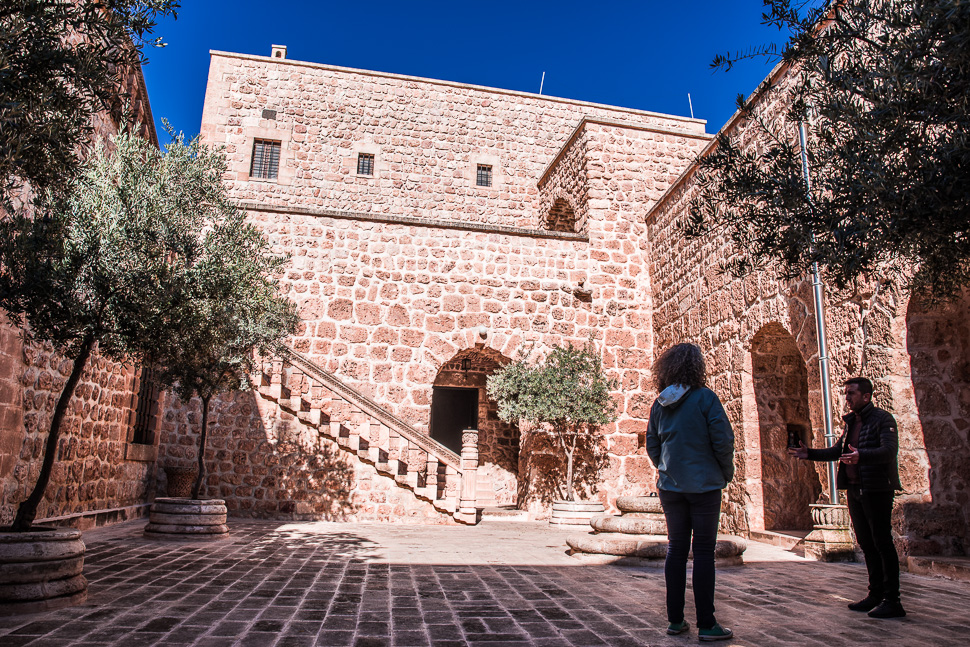
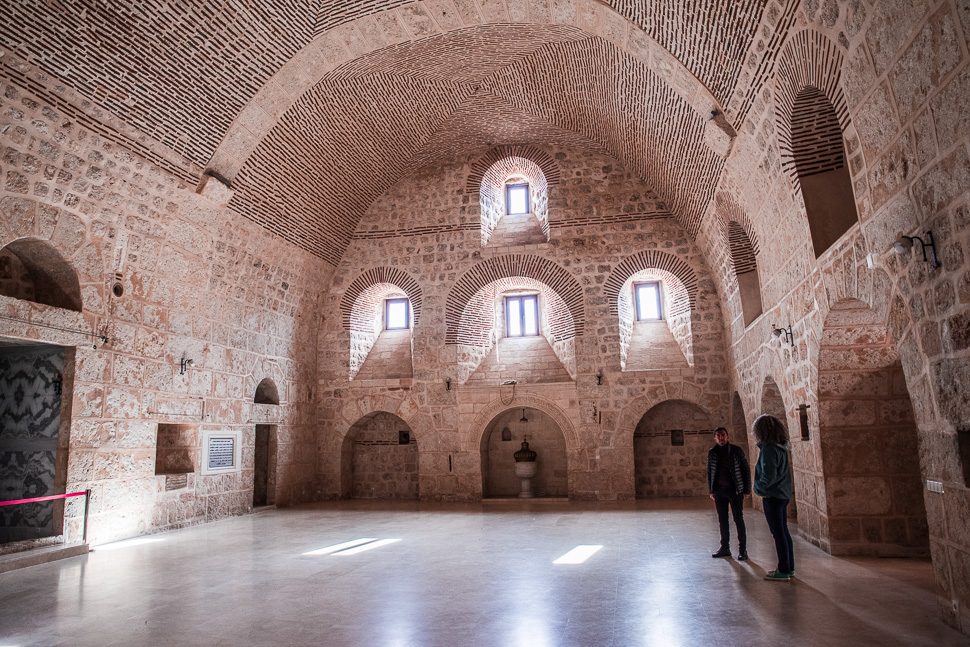
The monastery was founded in 397, which is just incredible. Already in the 6th century hundreds of monks lived here. In the main church, the big nave runs from south to north, with the apsis in the east. The church was recently renovated and the monks and nuns use the second church of Saint Mary from the 6th century at the moment.
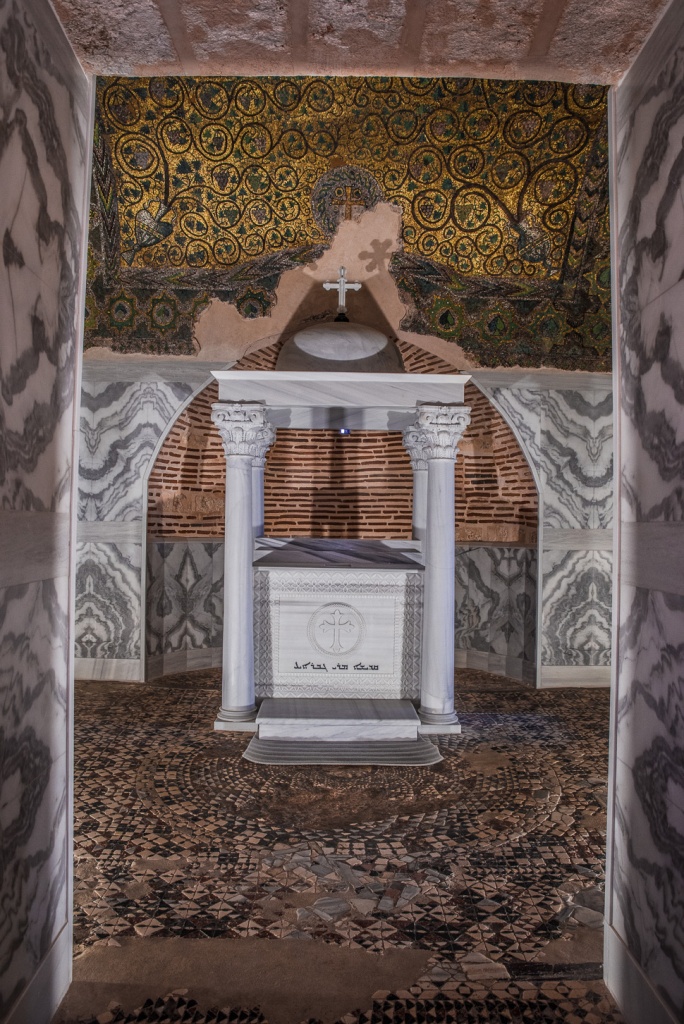
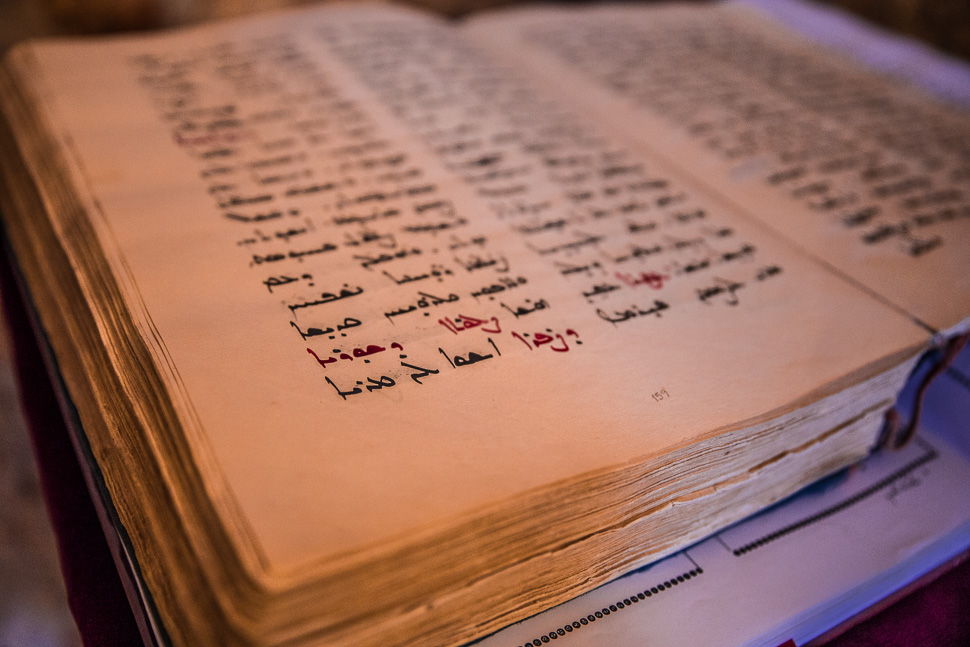
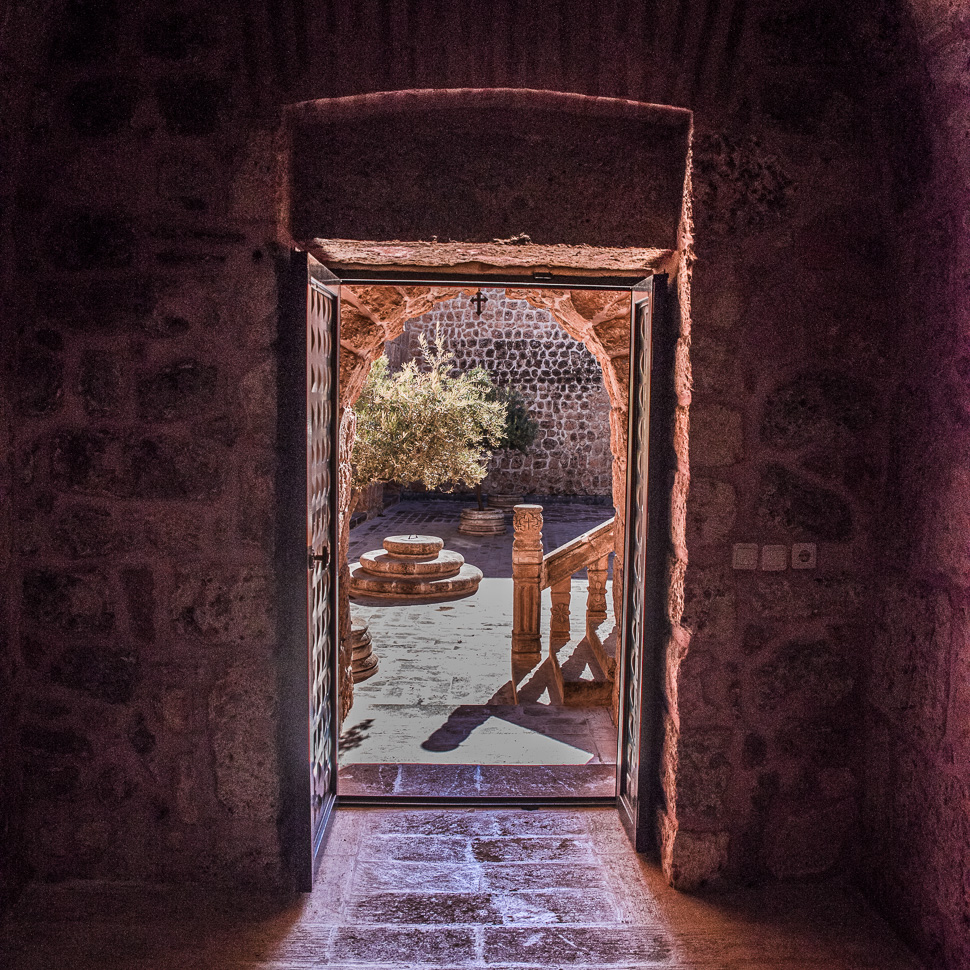
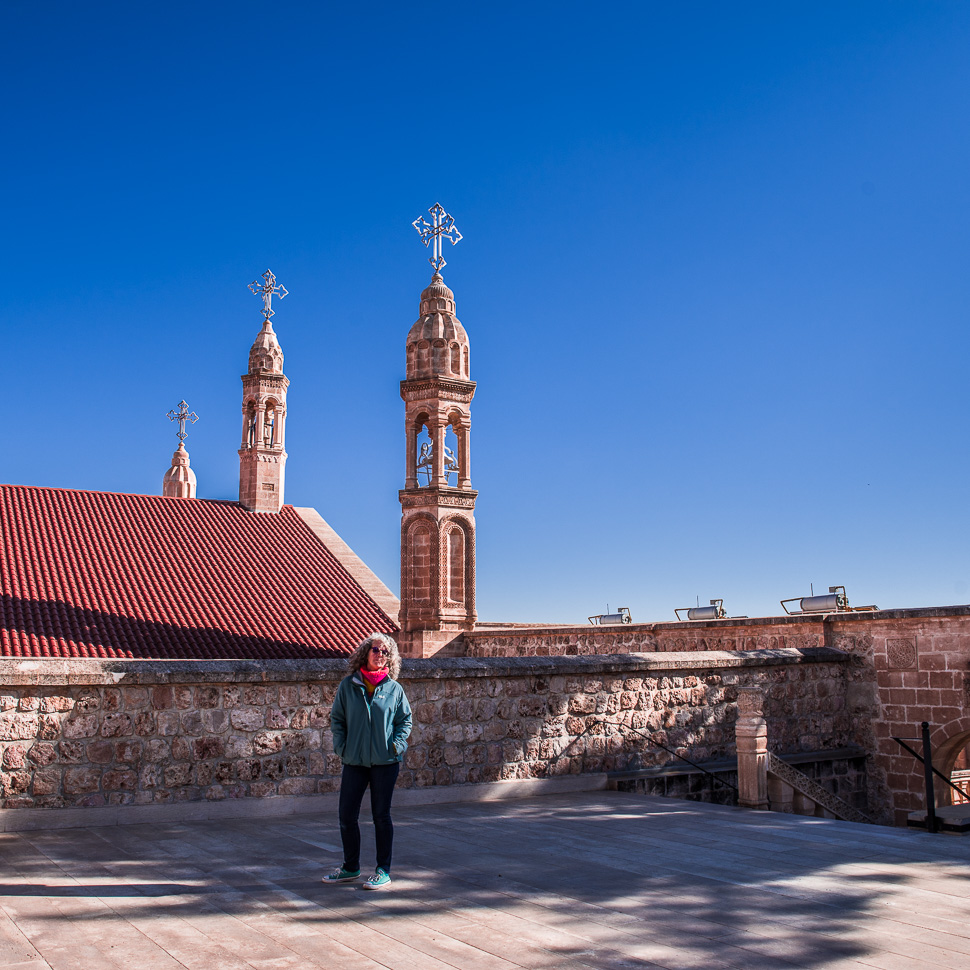
Also this monastery is supported by expats in Germany, Sweden and many more countries. Gabriel told us, that his grandfather was able to escape the genocide, and his father was the only of his children, who stayed in Tur Abdin, with the rest of the big family scattered over Europe.
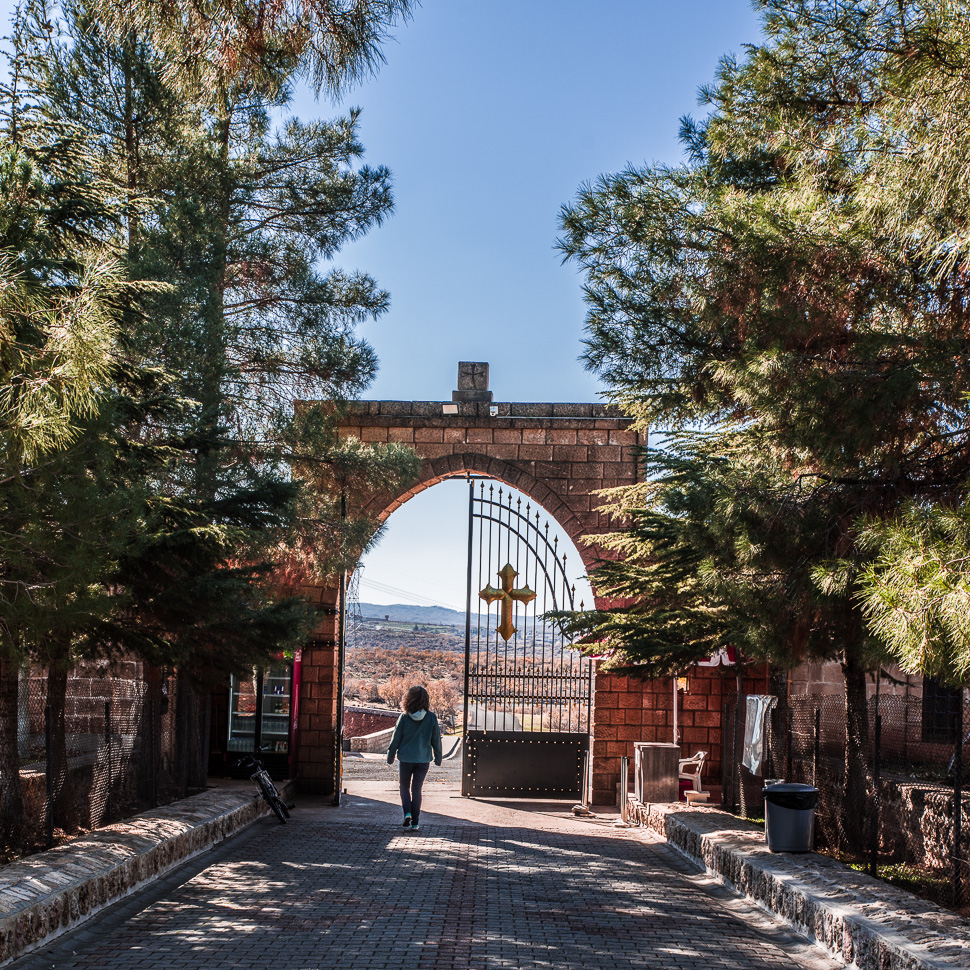
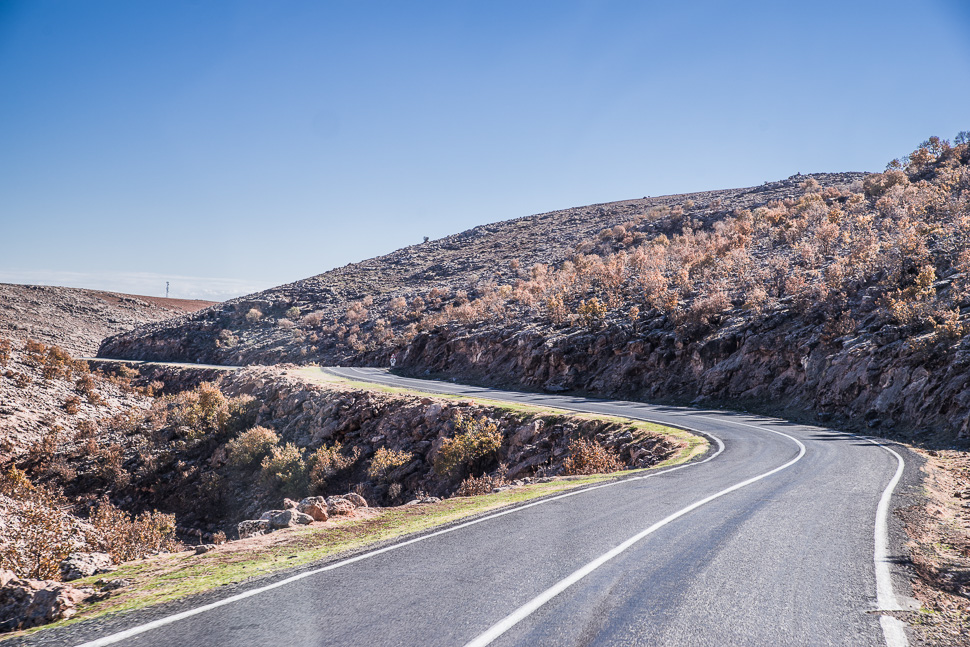
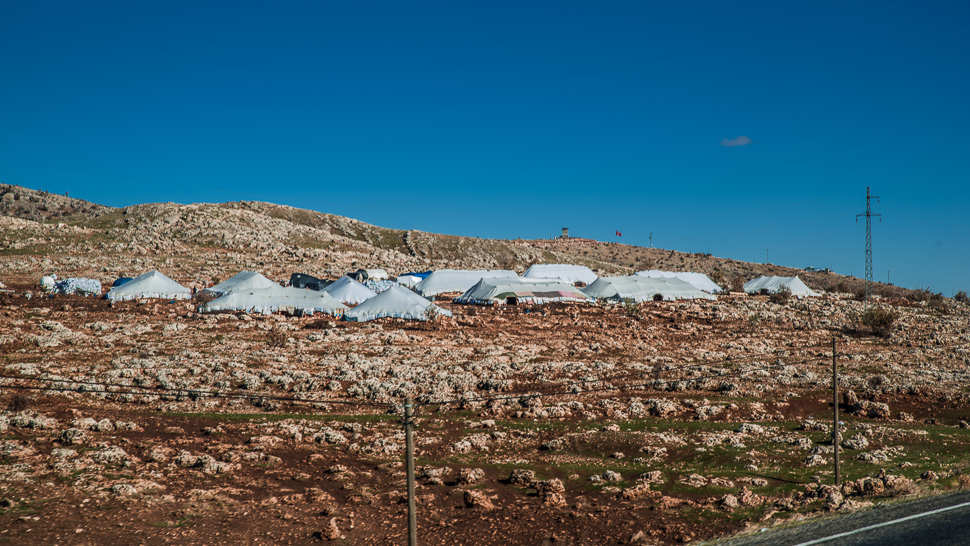
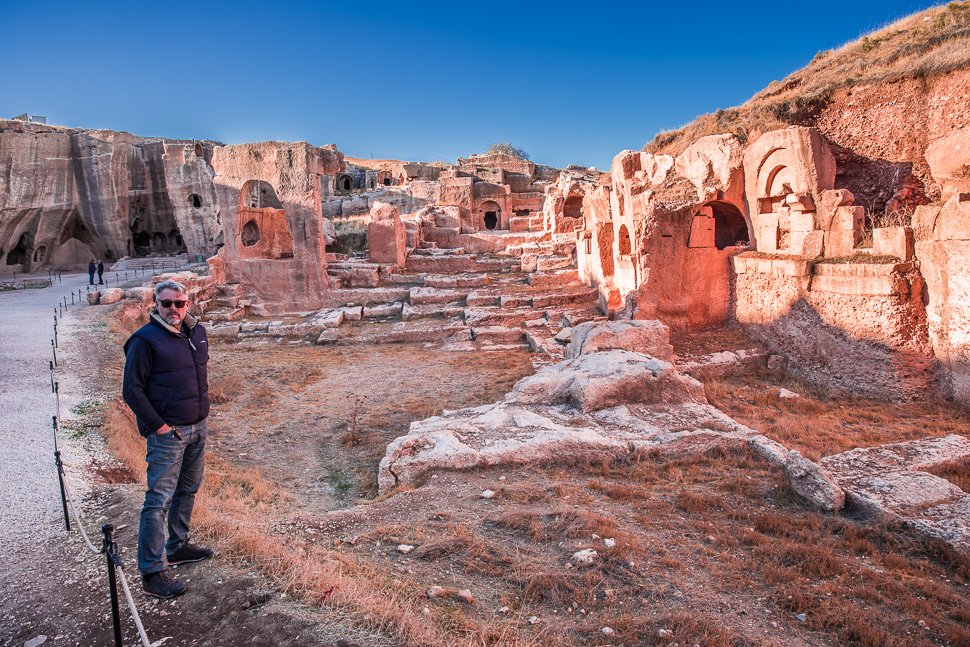
Our next stop was at the necropolis of Roman Anastasiopolis, which was founded at the beginning of the 6th century as a garrison town at the border of the Eastern Roman Empire. Remains of the city walls and roman bridges are still visible in the village.
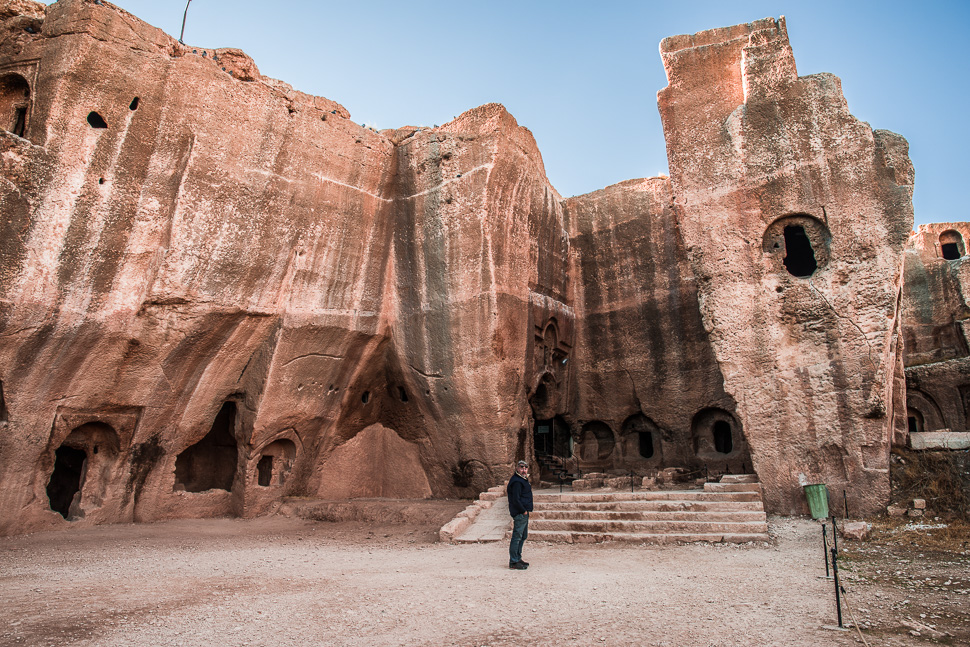
But most impressive is the necropolis, where tombs were cut into the red rock.
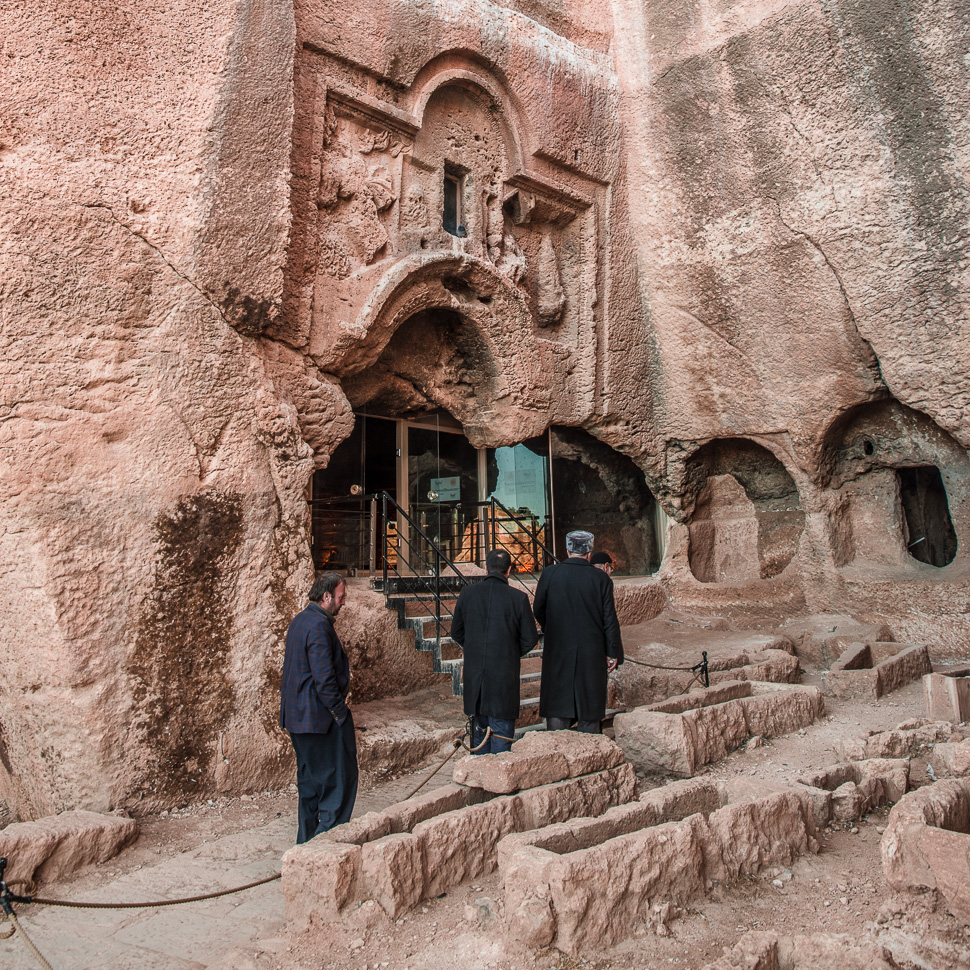
The gallery grave, where hundreds of people were buried together, and where reinvigoration ceremonies took place in the Roman era, was unearthed in the 2009 – 2010 excavation season. This gallery grave is unique in the world.
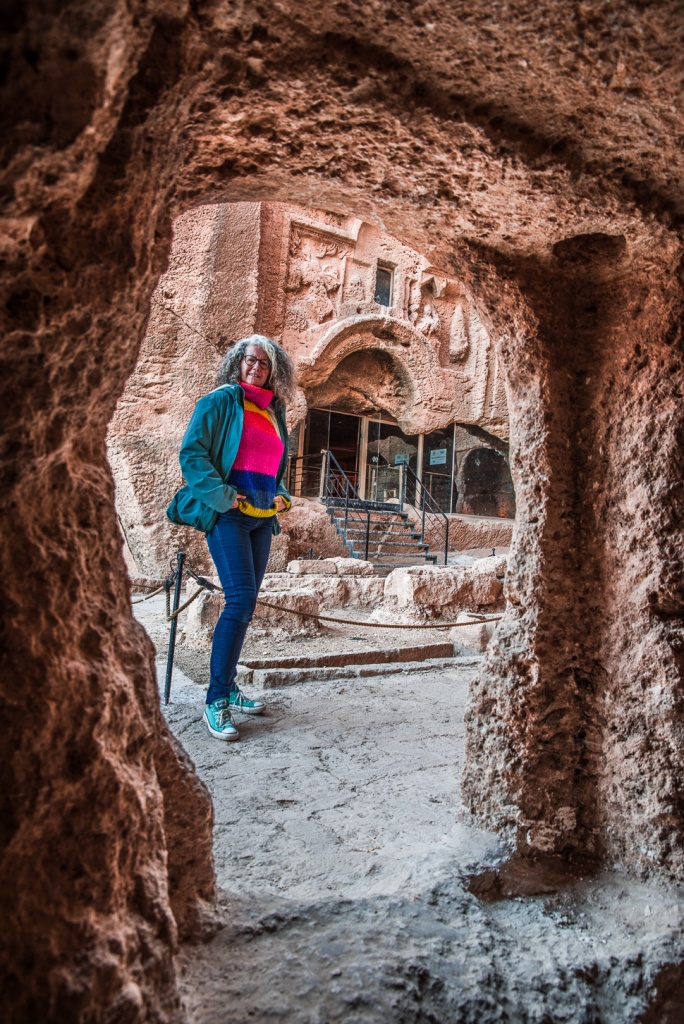
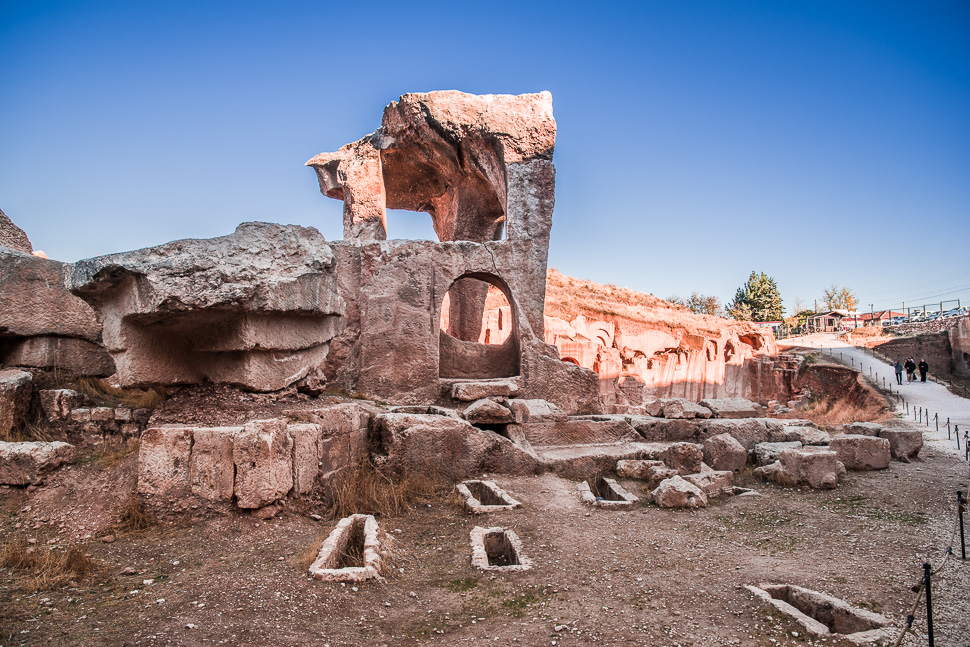
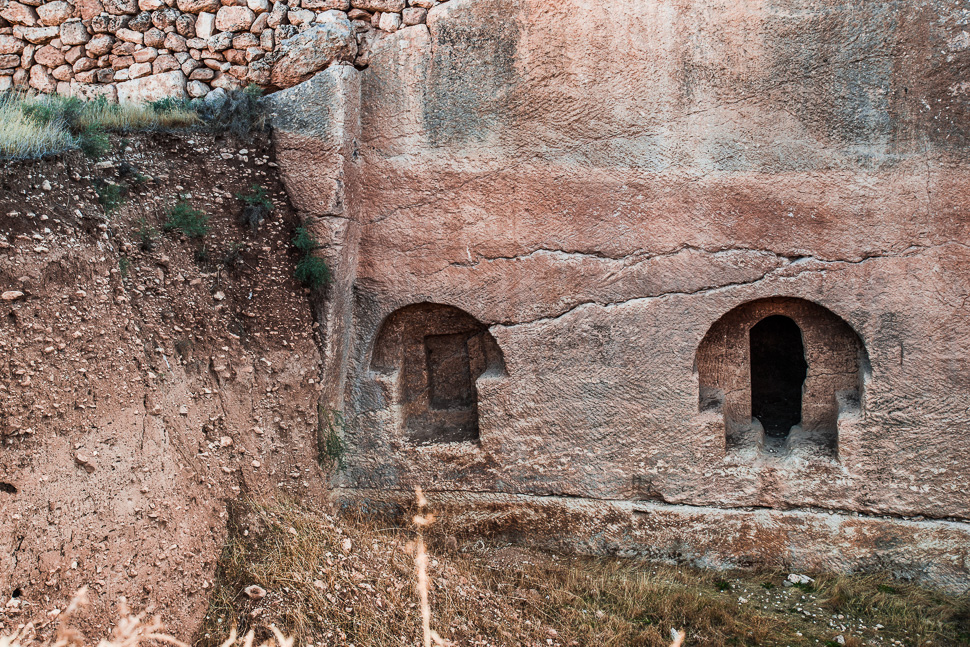
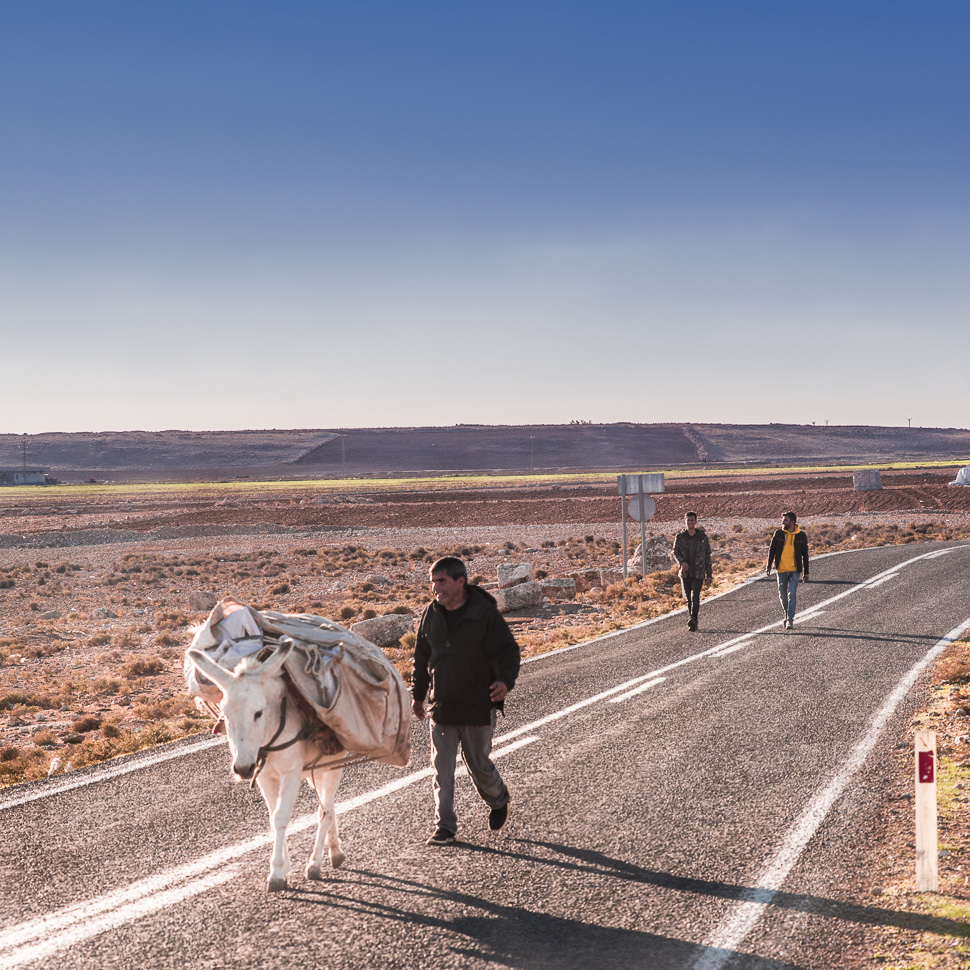
We were now driving along the border to Syria, with barbed wire fence next to us, until we reached Mardin, where we managed to visit another monastery just before sunset and closing time.
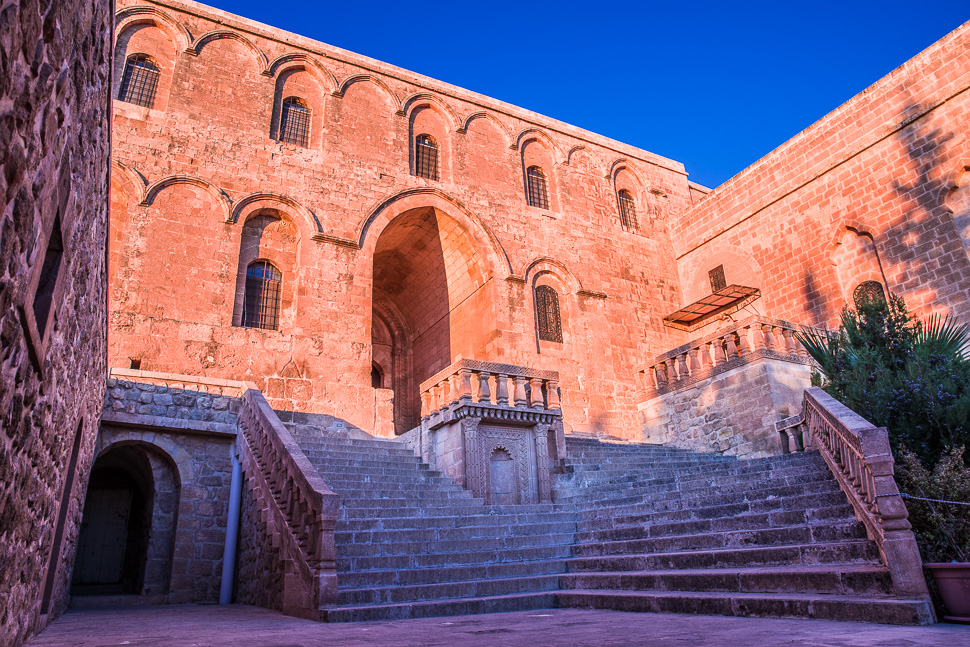
Dayro d-Mor Hananyo, better known by its nickname, the “Saffron Monastery” is located on the site of a temple dedicated to the Mesopotamian sun god Shamash, which was then converted into a citadel by the Romans. After the Romans withdrew from the fortress, Mor Shlemon transformed it into a monastery in 493 AD. In 793 the monastery was renovated after a period of decline by the Bishop of Mardin, Mor Hananyo, who gave the monastery its current name.
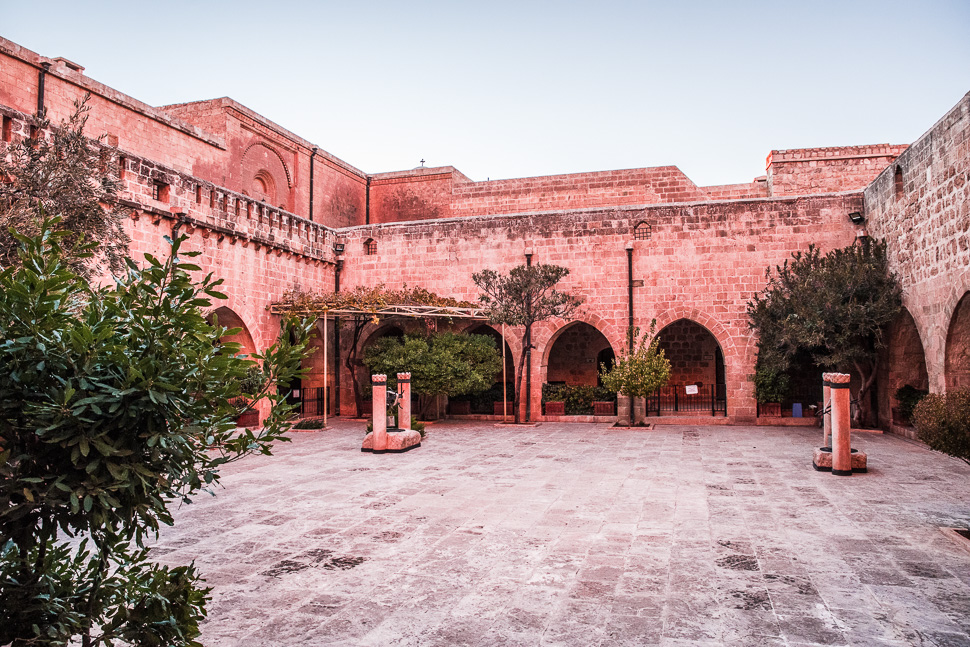
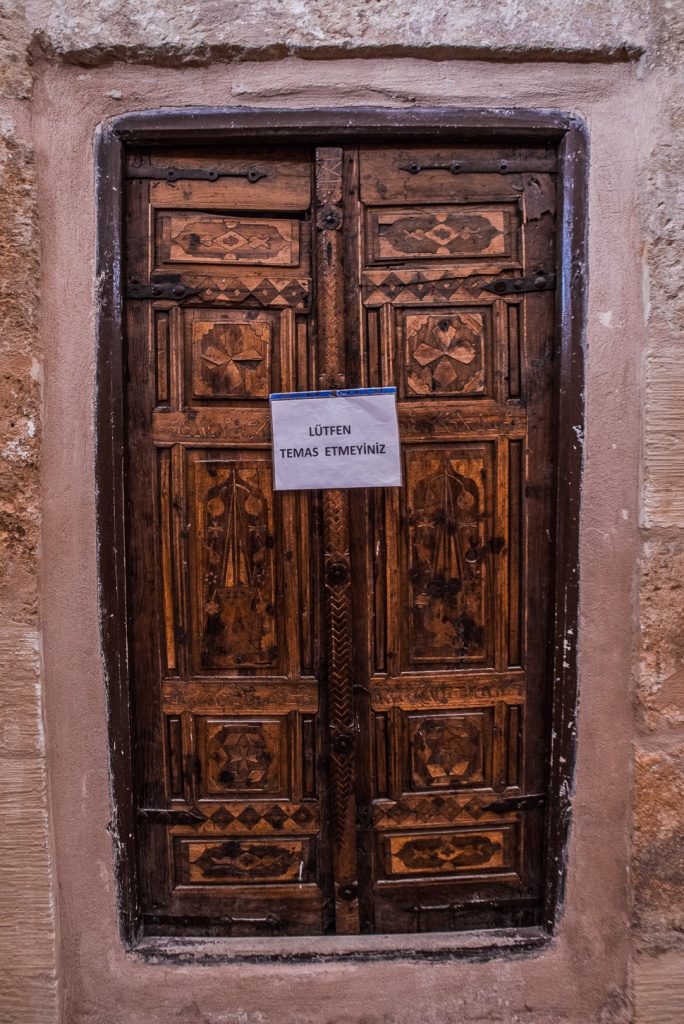
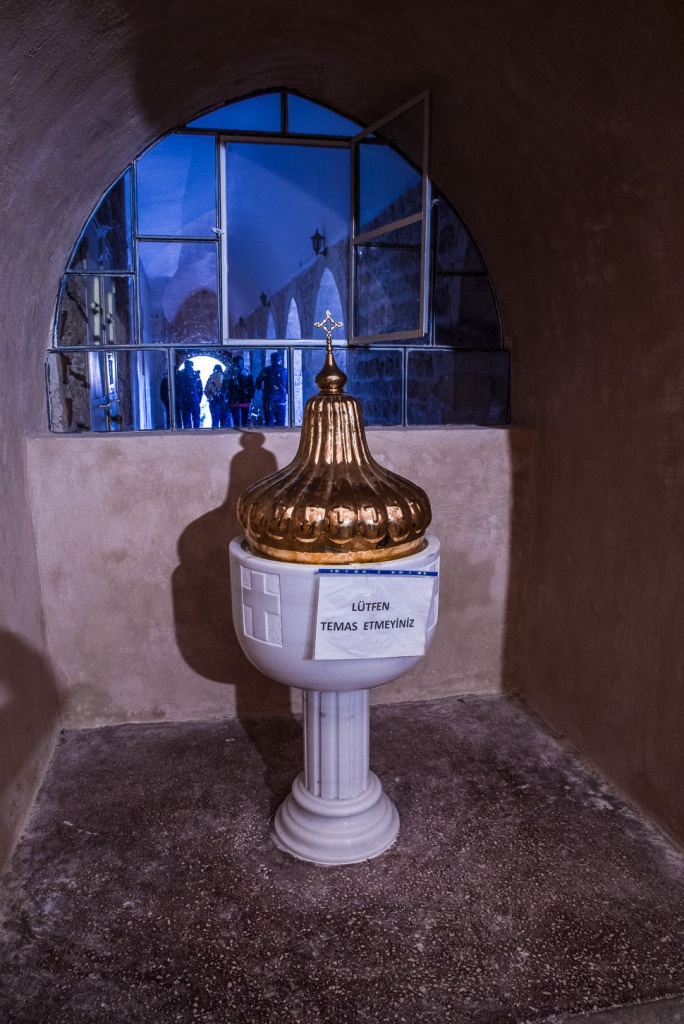
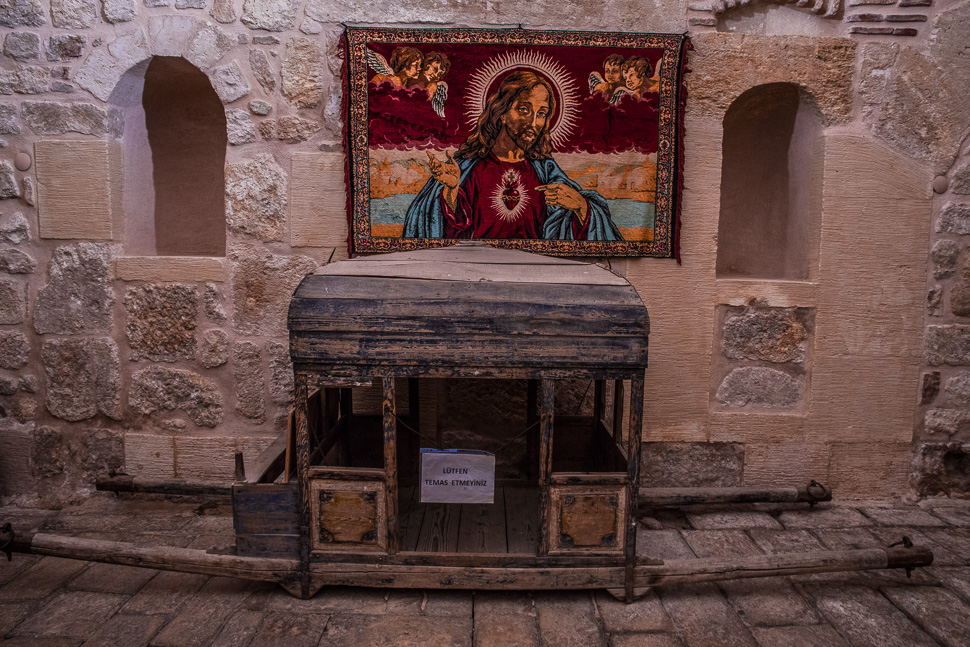
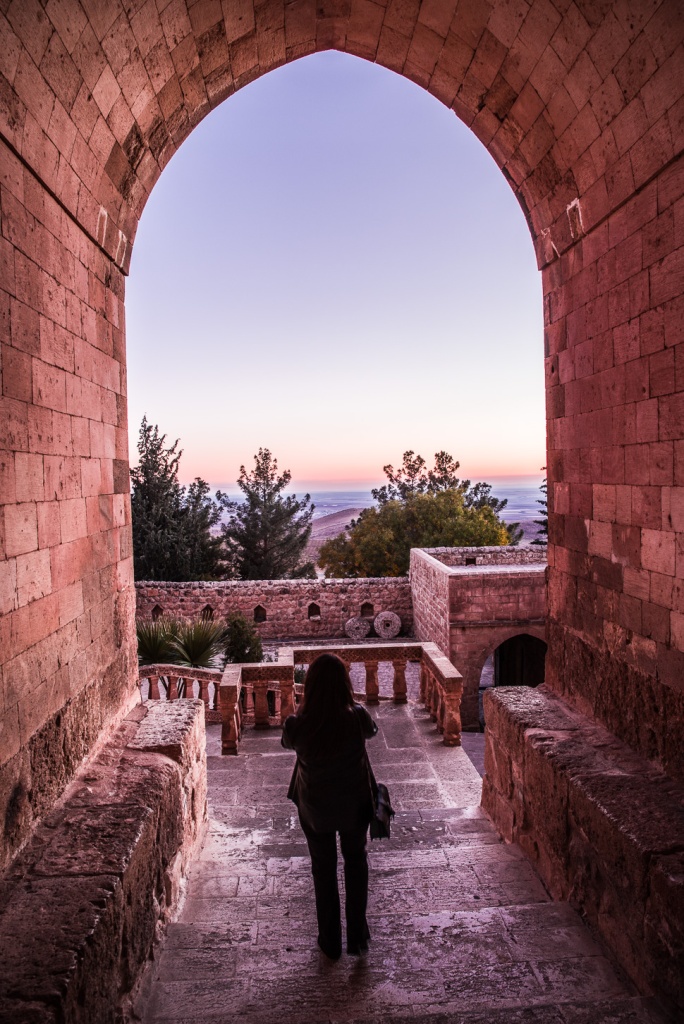
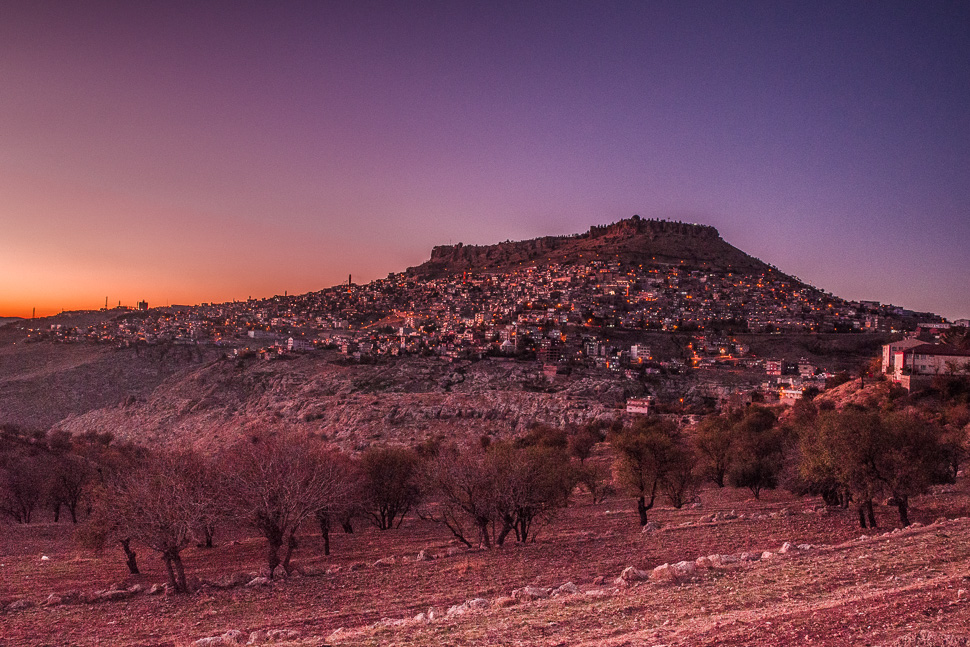
Old Mardin lies beautifully on the slope of a hill looking over to Syria. We will explore the city by daylight – more on our next post!
